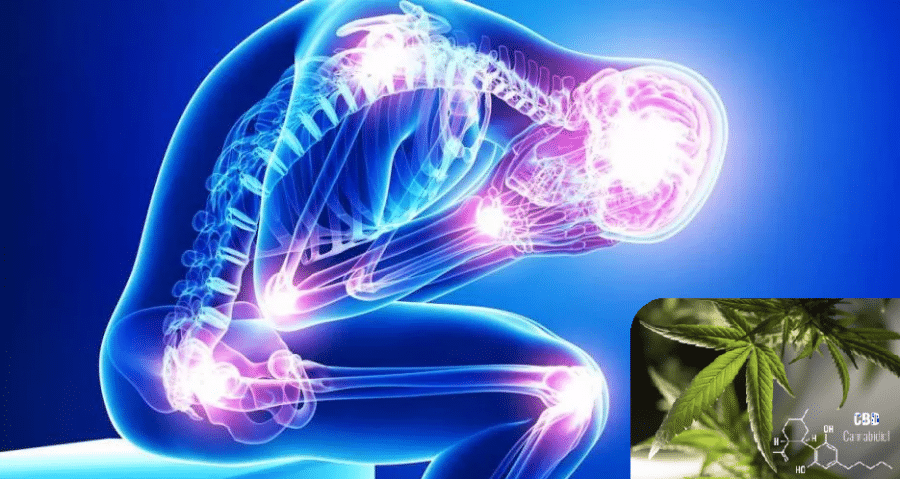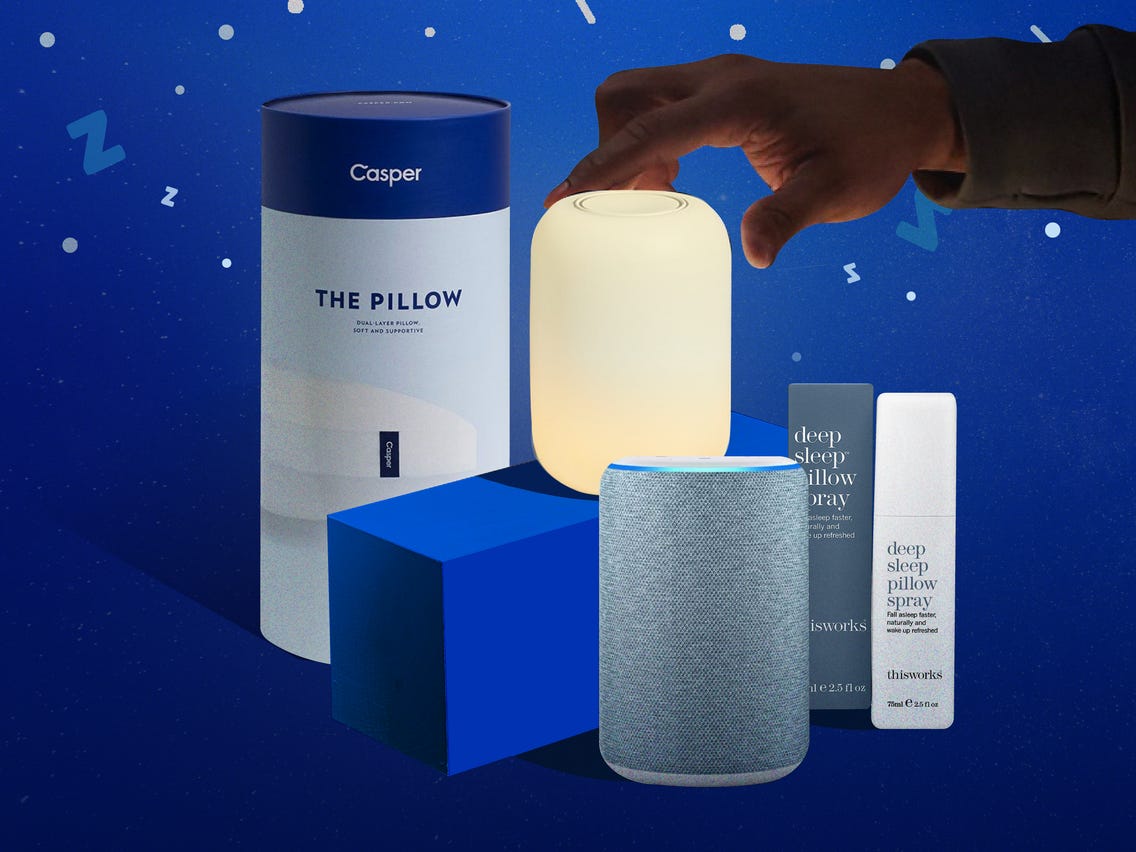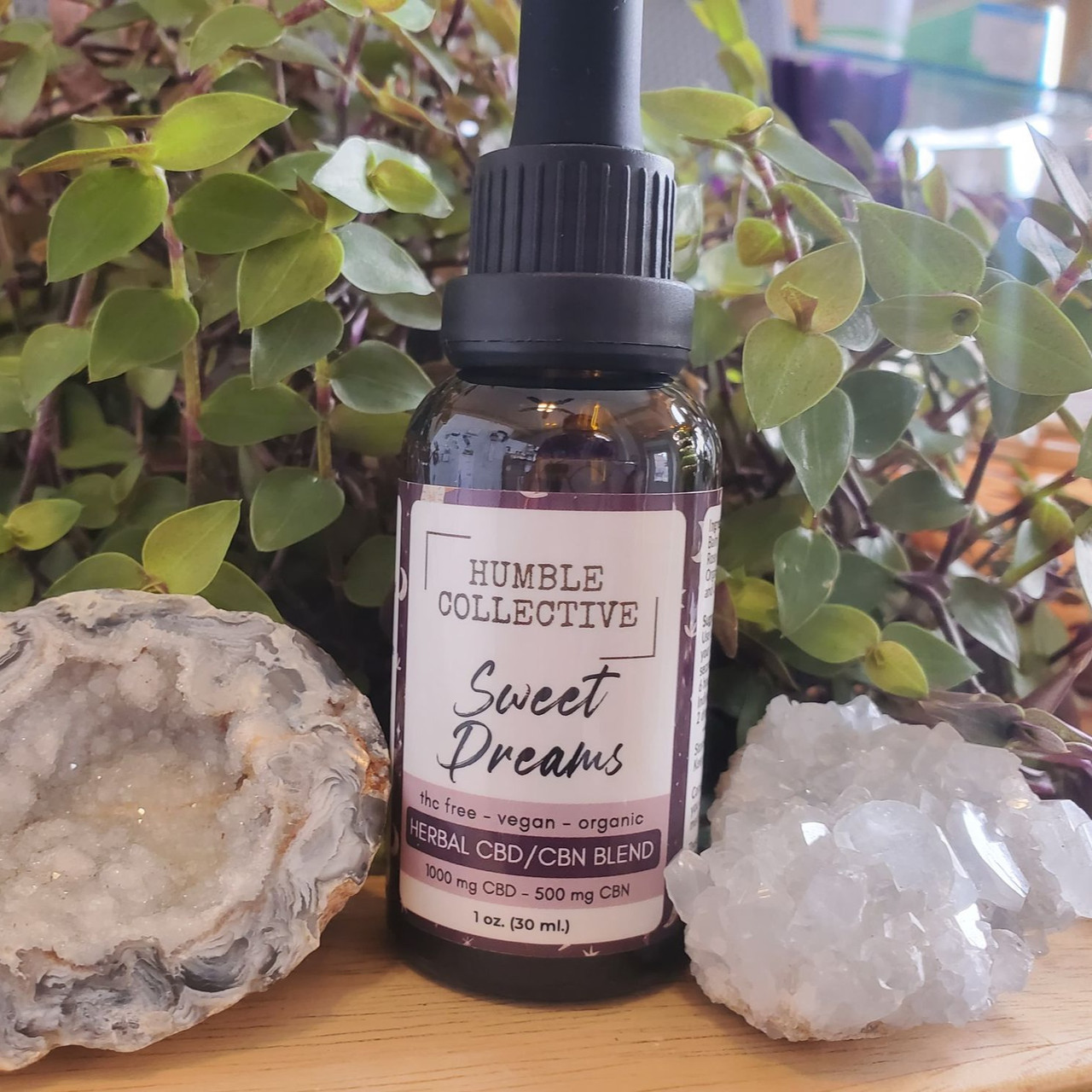
The amount of weed you ingest and how often you use it will determine how long your body keeps it. There are many users of marijuana, some more frequent than others. The effects of marijuana on your body can last for several days, but metabolites can remain in your system for longer periods. The weed can be detected by hair follicle testing for up to 90 days. You can still find the THC in your hair 90 days after having smoked a joint.
The THC metabolites in the blood can be detected for up 25 days
THC metabolites are detectable in blood due to a variety reasons. First, THC molecules can be detected in blood because they are lipid-soluble. Also, THC molecules can be lipid-soluble. If a person has more fat than lean muscles, their body will store more THC. People with higher body fat might have a slower metabolism, which can lead to higher THC concentrations in their blood.

You can detect marijuana metabolites in your urine up to 48 hours after smoking.
Although cannabis is legalized in some states, it is illegal in the workplace. While urine tests can detect marijuana metabolites in the urine, they do not indicate impairment. They are able to measure the non-psychoactive THC COOH metabolite. However, these tests are inaccurate and have serious legal implications. In addition, it is illegal to give a fake sample to a lab. There are several ways to pass the drug test.
Hair follicle testing is able to detect weed up to 90 days after it has been applied.
The hair-follicle drug test can detect weed up to 90 day. This test does not apply to people who have just smoked or recently used marijuana. The testers examine the first 1.5 inches, which gives them a 90 day window into a person’s marijuana use. Human hair grows faster than 1.5inches so someone who has recently smoked cannabis will likely test positive.
For up to 48 hours, THC metabolites may be detected in saliva
You can pass a THC drug test if you don't consume weed for at least 48 hours before the test. But if you're a heavy weed user, stopping smoking or consuming cannabis right before the test will be impossible. An oral drug test is still possible if you are an avid user. THC metabolites in saliva can be detected for 48 hours following the last time that you used marijuana.

There are strategies to get rid of toxic chemicals before a drug testing
It is important to remember that you can pass any drug test by drinking as much water as you like. Water can dilute urine making it clearer and less likely that it contains contaminants. Activated charcoal is a type of charcoal that has recently become popular in the health and beauty industry. Its negative charge makes it easier to absorb the benefits of charcoal. You may also see improvements in your skin and energy levels by drinking more water. A 500ml increase in water intake each day could make all the difference.
FAQ
Can I use CBD during pregnancy?
There isn’t enough research available to confirm that CBD is safe to be used during pregnancy.
However, CBD does not appear to be a danger to the baby based upon the limited information.
It is important to remember that CBD should not only be used by women who are pregnant, but also by those who have been recommended by their doctor.
In fact, the Food and Drug Administration recently issued a warning about potential risks associated with taking CBD while pregnant.
FDA stated that there was evidence that marijuana use during pregnancy might increase the risk for miscarriage.
The agency added that more research is needed before a firm conclusion can be drawn.
Is the CBD market saturated or not?
CBD is seeing a steady growth rate of 25 percent annually. This growth will continue at least five years. The industry is expected to grow from $2Billion today to $5Billion by 2020.
Two companies are currently dominating the CBD market - GW Pharmaceuticals & Canndoc Ltd. Both are focused on developing pharmaceutical-grade products. However, they have not been very successful thus far. They are both struggling to gain traction in the marketplace.
Cannabidiol or CBD is a form of cannabis extract with less than 0.3% HHC. It does not have any psychoactive properties. It is used for treating epilepsy and other medical conditions. It is often used as an dietary supplement.
There are many types of CBD products. Some CBD products are made from whole plant extracts while others contain CBD.
All these products have in common that they contain low levels of THC.
They are now legal under US federal laws. You still need to comply with local laws when you sell CBD products. You should always verify your state's regulations for the sale of CBD products.
There are also several states that CBD products are prohibited. These include California. Colorado. Florida. Mississippi. Missouri. New York. North Carolina. Ohio. Oklahoma. Oregon. Rhode Island. South Dakota. Texas. Utah. Virginia. Washington.
You will want to stay clear of CBD products if you are from one of these states.
How can CBD products successfully be marketed by companies in compliance with regulations?
The FDA does not regulate hemp as an agricultural commodity. The Controlled Substances Act governs all other cannabis derivatives, such as marijuana. There are currently no regulations regarding CBD.
CBD is legal in 29 states. Federal law, however, still considers it illegal. Businesses that want to sell CBD products face uncertainty.
The FDA also sets strict guidelines about how CBD products are promoted. THC content must be clearly disclosed. Without supporting scientific evidence, CBD cannot be claimed to treat certain medical conditions.
Further, the FDA requires that manufacturers provide information on manufacturing practices and quality controls. They also require companies to conduct clinical trials to prove safety and efficacy.
These factors should be considered by companies when they develop their marketing strategies.
How much CBD is required?
It all depends on the product you're purchasing.
CBD oils can be purchased in strengths of 100mg up to 1,000mg per bottle.
Some CBD products come in specific doses such as 25mg 50mg and 75mg.
Charlotte's Web is an example of a company that makes CBD products with exact amounts of CBD and other cannabinoids.
Begin with a low dose if you're not sure whether CBD will work.
You can always go up later.
Statistics
- CBD seems unlikely to directly influence sleep in healthy humans [115] (and maybe “sleep-promoting” in those with certain comorbid conditions) (ncbi.nlm.nih.gov)
- The use of these products is likely to become even more widespread if the World Health Organization's recommendation that CBD no longer is scheduled in the international drug control conventions is adopted by the United Nations member states [201]. (ncbi.nlm.nih.gov)
- While the primary injury may not be treatable, interventions that attenuate secondary sequelae are likely to be of benefit [203].Only one study (ncbi.nlm.nih.gov)
- A recent systematic review of human trials also reported that individuals with epilepsy receiving CBD (5–20 mg·kg−1·day−1) were more likely to experience decreased appetite than those receiving placebo (i.e., ~20 vs. 5% of patients) (ncbi.nlm.nih.gov)
- however, one study also found that these effects were virtually abolished when the original media (a nutrient broth agar) was replaced with one containing 5% blood (increasing the minimum concentration to ~160 μM CBD) [179]. (ncbi.nlm.nih.gov)
External Links
How To
What are the major issues facing the CBD industry in general?
The market for CBD products continues to grow at an amazing rate. Businesses looking to get into this market face many obstacles. These include lack of consumer awareness and high costs of entry, limited capital access, and regulatory uncertainty.
Many consumers don't understand what CBD is and how it works. This means that consumers are unable make informed decisions about purchasing CBD products.
CBD companies heavily rely on word-of-mouth advertising. This is costly because they have to pay for advertising and hire staff to promote their brand.
Another problem for new entrants to CBD is the high price of production. CBD products require a lot of raw materials. CBD oil can only then be produced if the hemp has been grown in a specific environment.
It takes approximately $1,000 per acre to grow enough hemp to process into CBD oil. As a result, many small farmers cannot afford to start.
The lack of capital access is another obstacle new entrants to the CBD market face. Banks discourage many people from starting a business because of the stigma attached to this industry.
The sale of CBD products is still subject to regulatory uncertainty. There are no guidelines for how CBD products should market.
Despite some states having passed laws restricting the sale CBD products, this is not yet a national policy.
Only Nevada, Maine, and Nevada have legalized recreational pot.
Massachusetts and Michigan, however, are exploring similar options.
These changes could mean that CBD manufacturers will be more competitive.
These factors have led many entrepreneurs to choose to work remotely rather than starting a physical business.